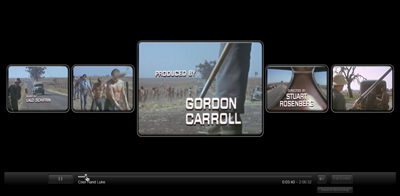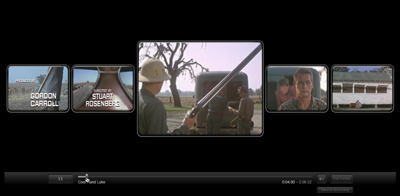Predictably, some argue the iPad doesn’t do enough. It needs a keyboard or a removable battery or multitasking ability or whatever.
But there’s an interesting backlash to that backlash. (Meta-backlash!) The discussion has people openly discussing an ugly truth that doesn’t typically get a lot of play among tech geeks: People don’t know how to use computers. And not just stupid people. Millions of people. People who are adults. And that’s pretty damn lame.
(Bold emphasis in the following excerpts is mine.)
Fraser Speirs writes this in “Future Shock”:
I’m often saddened by the infantilising effect of high technology on adults. From being in control of their world, they’re thrust back to a childish, mediaeval world in which gremlins appear to torment them and disappear at will and against which magic, spells, and the local witch doctor are their only refuges…
The Real Work is not formatting the margins, installing the printer driver, uploading the document, finishing the PowerPoint slides, running the software update or reinstalling the OS.
The Real Work is teaching the child, healing the patient, selling the house, logging the road defects, fixing the car at the roadside, capturing the table’s order, designing the house and organising the party.
Steven Frank says:
Since the days of the Apple ][, C64, and Atari 400, all we’ve done is add, add, add. Add more features to sell more computers. We’ve never stopped to take anything away.
I’m weary of this notion (even when presented as satire) that anyone who can’t master a computer must clearly be mentally retarded.
So while we trump up our skills at designing “easy to use” interfaces for our applications, millions of people are still trying to figure out how to get our beautifully designed application out of its zip file or disk image. Or where in fact the Downloads folder is. Or what, exactly, a folder is. If we hadn’t been there for every step of the personal computer evolution since the days of DOS and AppleSoft, I wager we’d find it pretty bloody confusing as well.
Rob Foster “On iPads, Grandmas and Game-changing”:
My mother-in-law walked in the door the day of the keynote and the first thing out of her mouth was “Did you see that new Apple iPad? That looks like it would work for me. Would that work for me?”
I was utterly flabbergasted. She NEVER talks about computers or technology. She tolerates them at best. Her attitude is typical of most baby boomers I’ve talked to regarding computers. She wants to benefit from them but is frustrated by the wall she must climb in order to do so. She’s learned how to use email and a couple of other things on the Internet and that’s about it…
I’ve long felt that computers were too hard to use, that the filesystem should NEVER be seen by the user. That human-computer interaction should favor the “human” side.
That these conversations are even going on is a good sign. For those of us surrounded by the minutiae of computers all day, it’s easy to forget there’s a world of people out there who just don’t get it. And it’s not their fault. It’s ours.
Apple has decided it’s worth throwing out advanced features in order to get these people onboard. Anyone who builds apps would be wise to consider taking a similar path. (Note: It’s not just about making a computer or an app more accessible for people who don’t get it. It’s also for people who do get it because this way is better.)
You can spend so much effort tweaking code or a specific part of the UI or adding a new pet feature that you forget the most important thing of all: People need to be able to START using your product. If they can’t do that, who cares about the rest?
You can crank up the snow machine. You can set up the slalom course perfectly. You can shape all the moguls so they’re just right. But if people can’t ever get on the ski lift, there ain’t gonna be any race.






